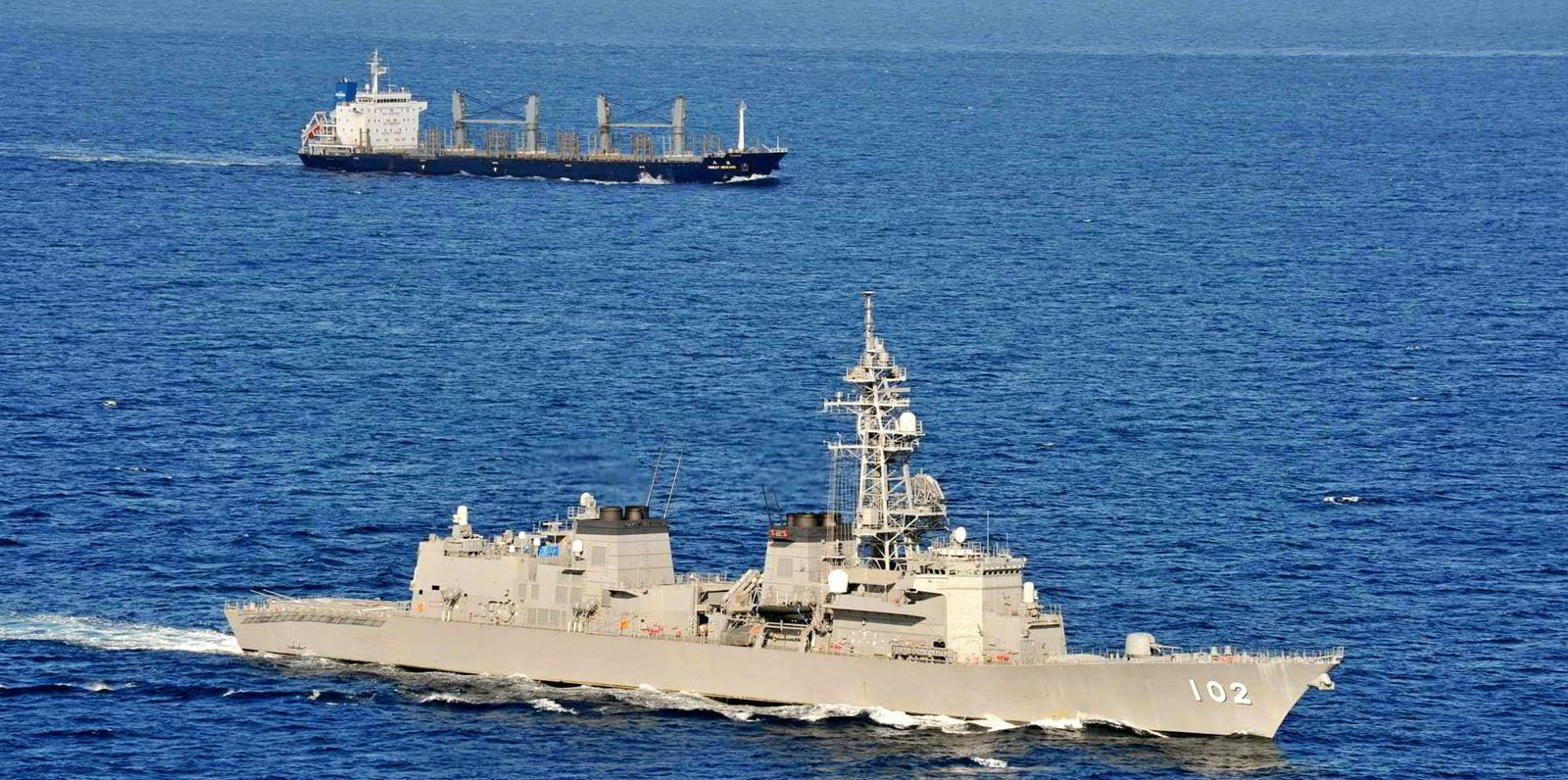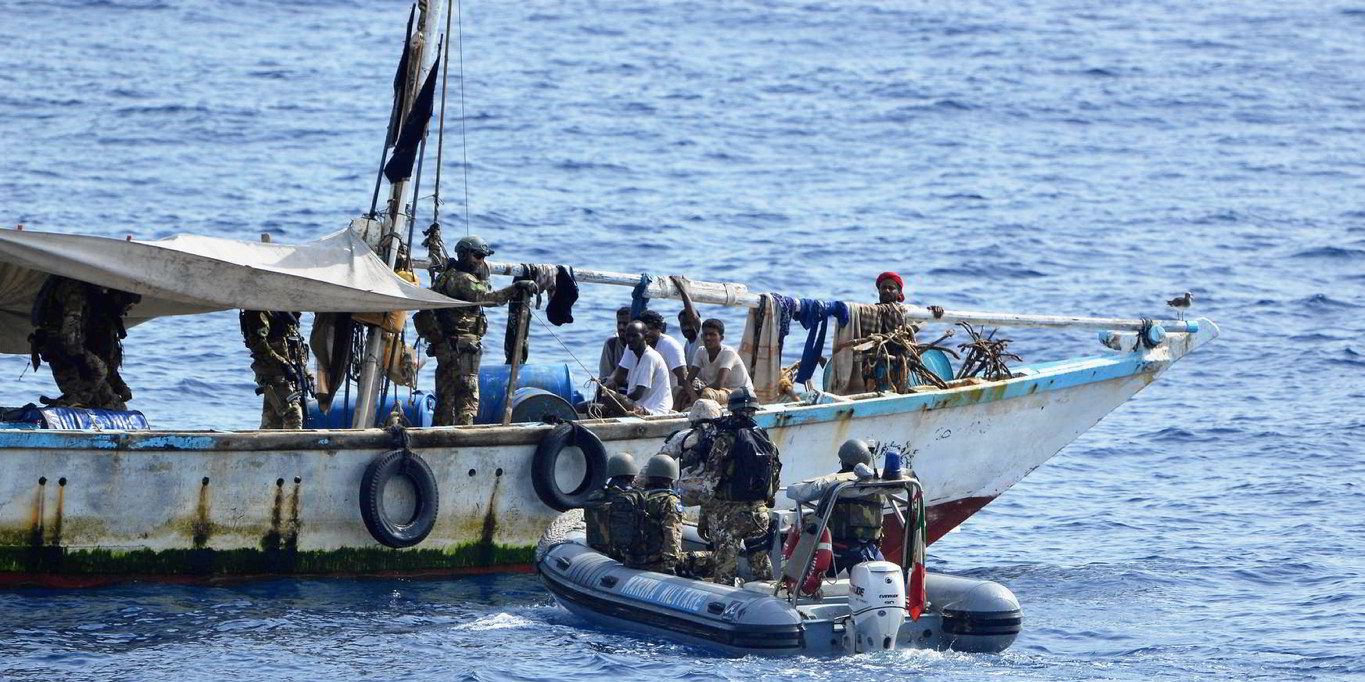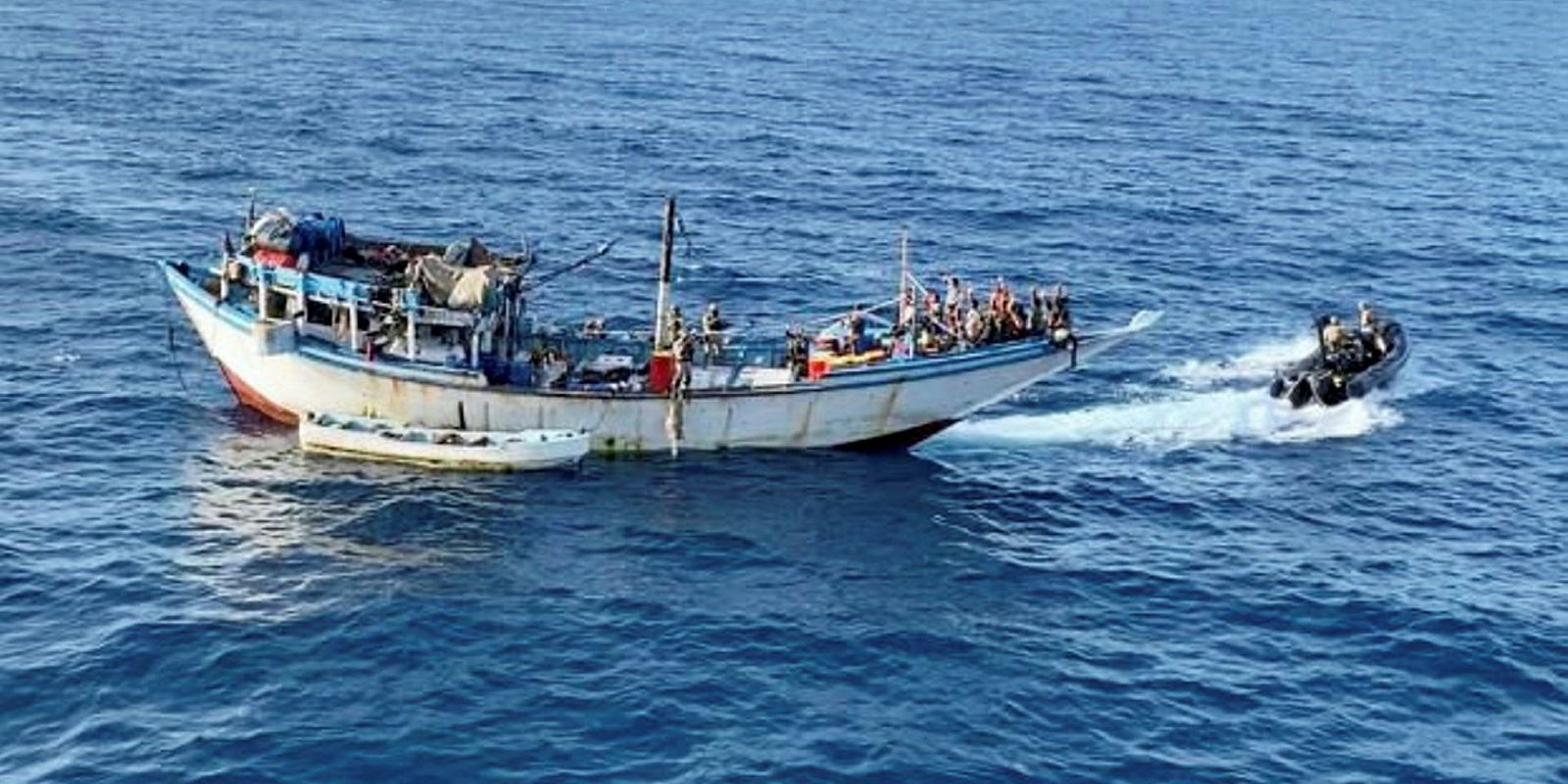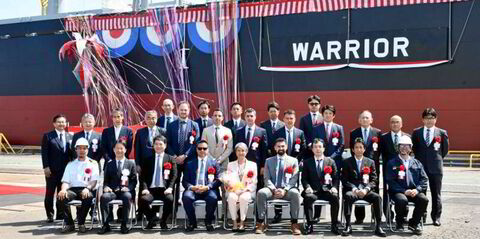War risk underwriters and seafarers’ unions are set to come under increasing pressure to follow shipowner associations and declare an end to the Indian Ocean high-risk area (HRA) off Somalia.
Earlier this week, a grouping of shipowner associations said it would end the HRA designation as the threat of piracy attack is now negligible.
John Stawpert, senior manager of the International Chamber of Shipping, said it is no longer justifiable to continue with the designation with no piracy attacks have been recorded since 2018.
“We looked at this thoroughly,” he said. “The consensus from all the experts was that the threat is extremely low.”
Despite the move, the region off of Somalia that extends into the Indian Ocean continues to be designated an HRA by the London insurance market’s Joint War Committee (JWC).
The designation requires shipowners to pay additional premium when transiting the area.
Some war risk underwriters also encourage the use of private armed security firms as part of the war risk policy, adding to shipowners’ costs.
The JWC was not available for comment on whether it would put the Indian Ocean HRA under review in light of the industry decision.
Under the terms of the International Bargaining Forum — shipping’s largest collective bargaining agreement — seafarers are also entitled to a bonus equalling basic pay for the duration of a transit through the region.
The International Transport Workers’ Federation (ITF), which represents employees in the IBF negotiations, said it had not yet received a call from employers’ representation, the Joint Negotiating Group (JNG), to end the designation following the shipowners’ move.
“There have been no discussions, and no requests from JNG, to change the existing agreed areas,” the ITF said in a statement to TradeWinds.
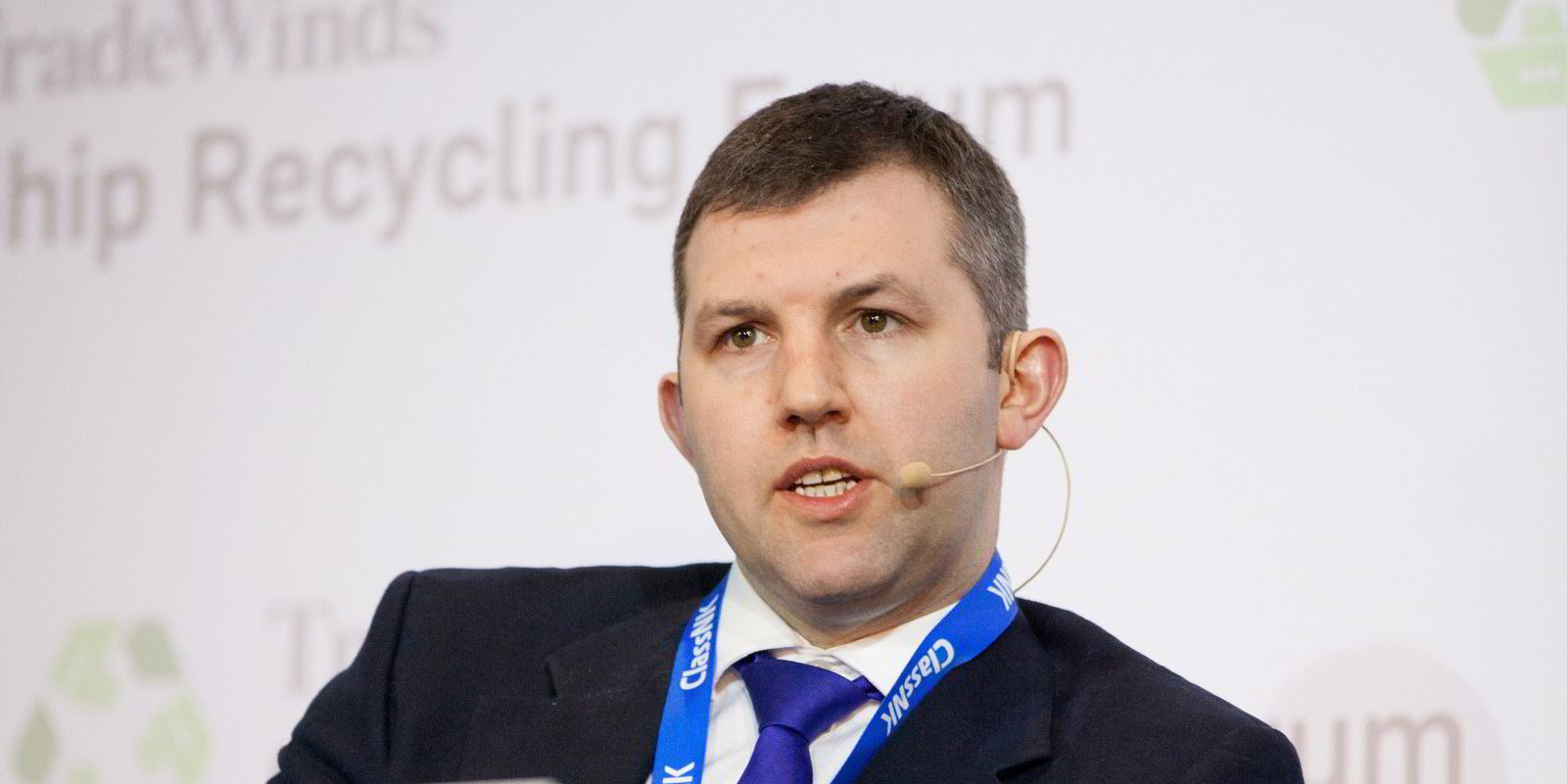
Some pundits suggest the move by the industry associations may have been designed to encourage change.
“It has been a long time coming and is a welcome move,” Munro Anderson, founder of maritime security intelligence firm Dryad, said when commenting on the decision to end the HRA.
“They are signifying to the JWC that it is time to change.”
But Anderson added that he believed the nature of the threat in the region for insurers and shipowners had altered, but not ended.
He said it had shifted from the threat of piracy against ships to a geopolitical threat in troubled regions such as Yemen and the around the Gulf of Aden.
Anderson said shipowners would no longer “default to armed guards” as the main source of protection in the region but would look to use intelligence to understand the threat and how to respond.
Violent attacks
At the peak of the piracy problem, the shipping industry was rocked between 2008 and 2011 by a series of harrowing and violent attacks on hundreds of vessels and crew by armed Somali pirates operating from flimsy skiffs.
Independent estimates suggest the terror cost the industry more than $6bn as multimillion-dollar ransom fees were paid to secure the release of crew and ships diverted to avoid the danger zone.
More than 3,000 crew in total were affected, with many suffering severe psychological trauma after months or even years of being held hostage.
It was the use of private armed security guards, the safety convoys and multi-national navy protection forces, along with the industry’s best management practice guidelines, which eventually defeated the threat.
The European Union Naval Force (EU Navfor)’s Operation Atalanta remains operational in the area and is continuing to carry out anti-piracy exercises, although its main activity is protecting ships carrying World Food Programme cargoes to Somalia.
The US-led Combined Maritime Forces, which helped combat piracy, also remains.
Stawpert said in the unlikely event that Somali piracy is to return, that he is “pretty certain the response would be rapid”.
Anderson said there are no guarantees that piracy will not return sometime in the future.
“Piracy does not happen in isolation,” he said. “It is a complex mix of onshore instability, poverty and lack of state enforcement. Where these conditions exist, there is always potential for piracy.”
The decision to end the high-risk zone was collectively made by the ICS, Intercargo, Intertanko, Bimco, Oil Companies International Marine Forum and the International Marine Contractors Association. The associations have notified the International Maritime Organization of their decision.
